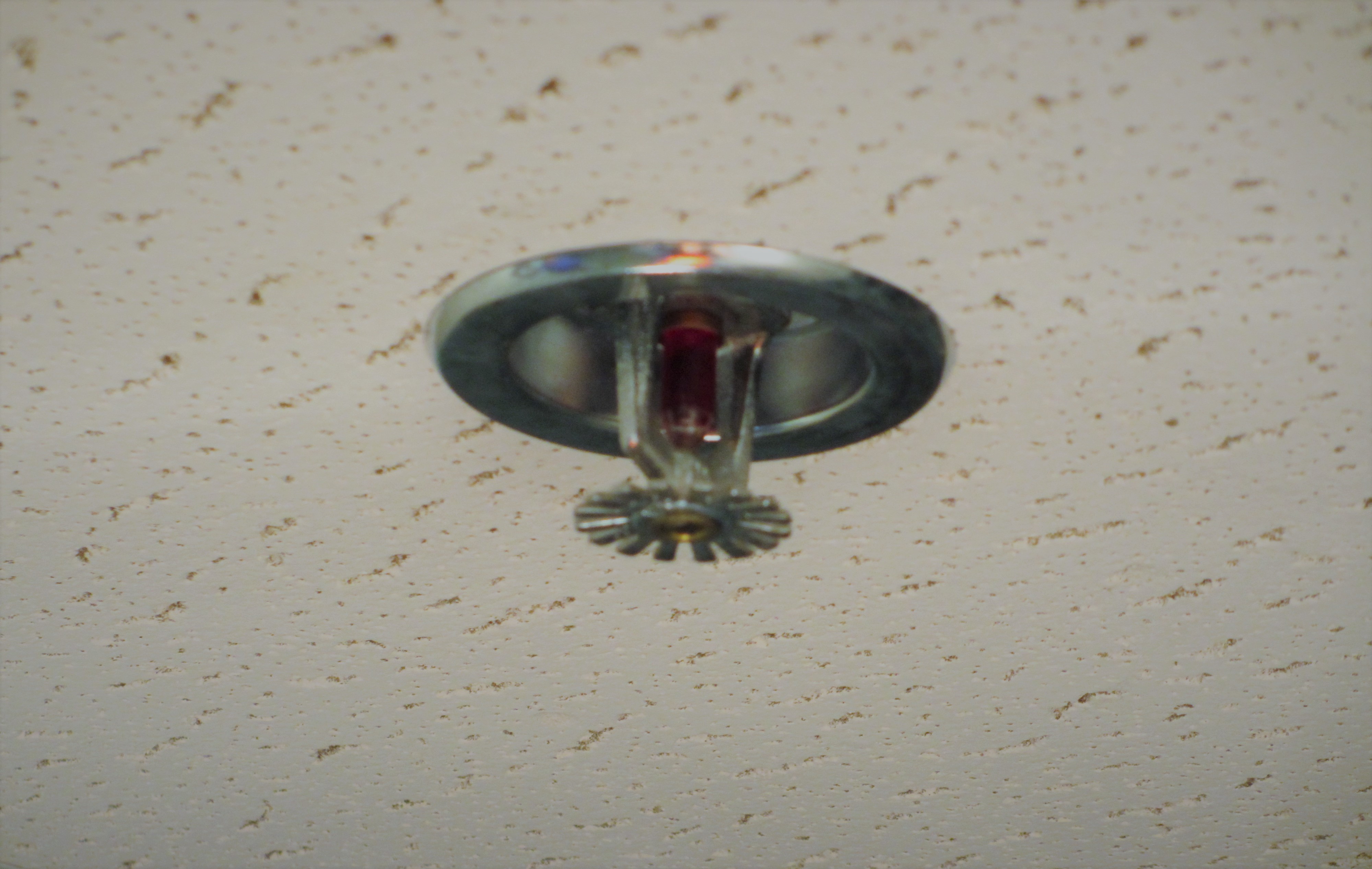Emergency preparedness is an essential responsibility for building managers. Important factors of fire protection are automatic fire suppression systems and emergency response training. While sprinkler systems limit destruction, organized fire response units support evacuation efforts.
How Do Sprinkler Systems Work?
Sprinkler systems act automatically by dispersing water when the temperature rises. Each spray outlet functions on its own, localizing the response.

Main elements of sprinkler setups include:
- Water dispersion outlets: Spray water to extinguish flames.
- Flow system: Supplies water to fire zones.
- System monitors: Oversee system functions.
- Backup water systems: Ensures system reliability.
The Importance of Fire Brigade Training
Team fire safety training educates personnel to respond effectively to fires. These programs develop confidence, reducing panic during fire incidents.

Core aspects of fire brigade training include:
- Fire prevention education: Preventing fire outbreaks.
- Emergency exit strategies: Organizing orderly exits.
- Fire suppression strategies: Gaining confidence in fire control.
- Collaborative response skills: Executing plans as a team.
Como são classificados os chuveiros automáticos?Quanto custa um sistema de sprinkler?
How Sprinkler Systems and Fire Brigade Training Work Together
Using automatic fire suppression with emergency response preparation maximizes emergency response effectiveness. Sprinklers reduce damage instantly, while trained fire brigades ensure proper evacuation.

Combining these strategies supports robust emergency plans for residential areas, offices, and industrial facilities alike.
Conclusion: Prioritizing Fire Safety with Comprehensive Protection
Investing in sprinkler systems and organizing emergency preparedness programs offers long-term benefits. Together, these methods reduce property damage.
Start improving your fire safety today by installing a sprinkler system and initiating fire brigade training. Preparedness is the key to protection!